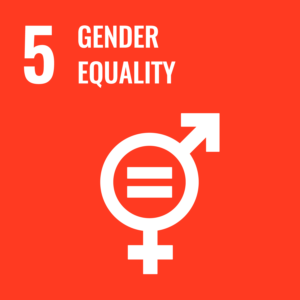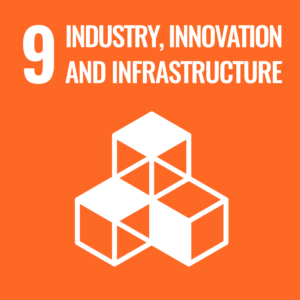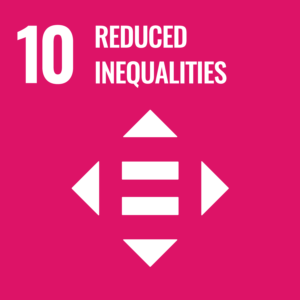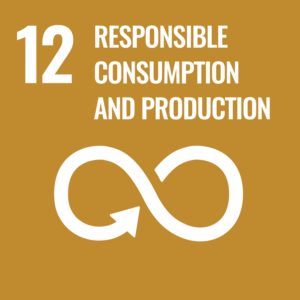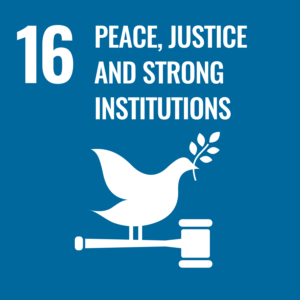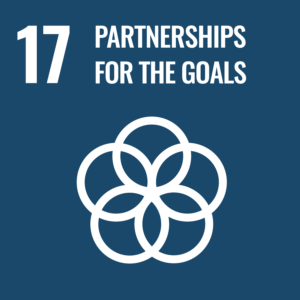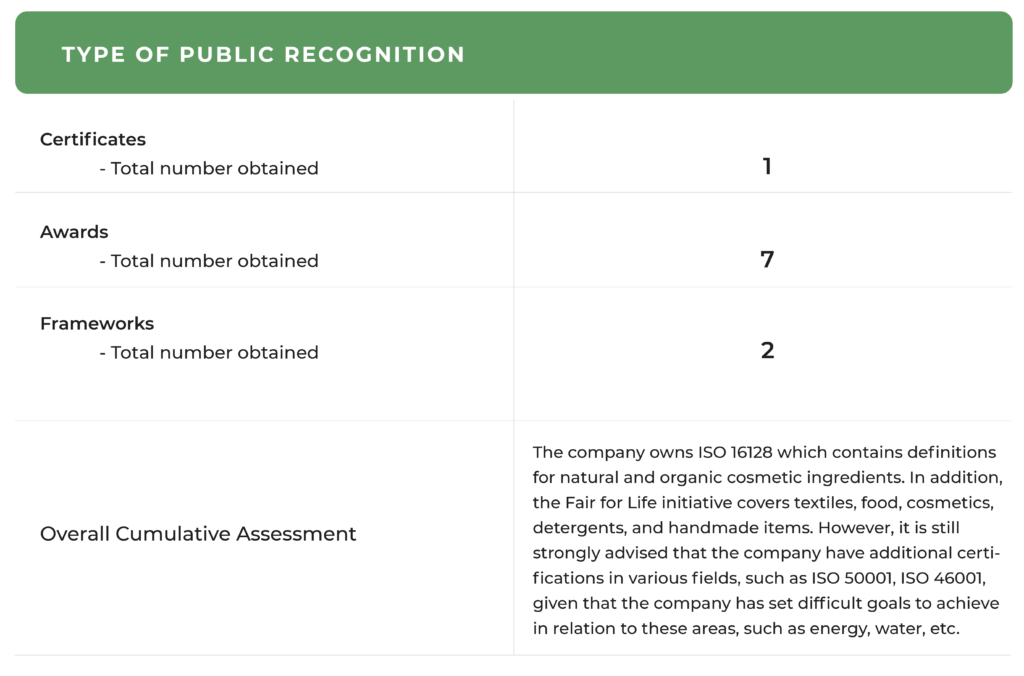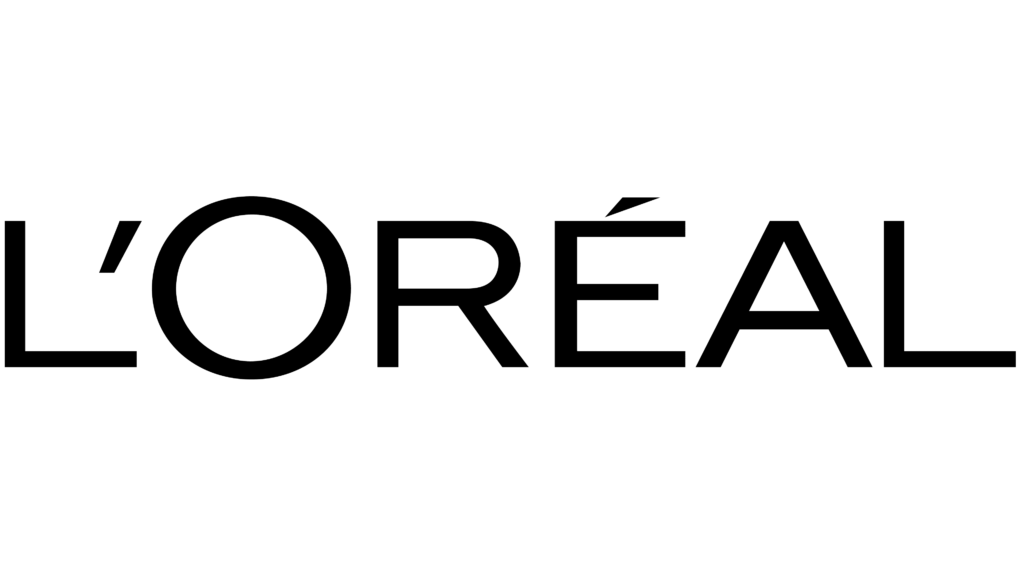
RATING

Neutral
SECTOR
Cosmetics
Chief Sustainability Officer
Alexandra Palt
Contact Details:
Alexandra Palt – Chief Corporate Responsibility Officer and CEO of the Fondation L’Oréal
Stock Exchange and Ticker
OTC: LRLCY
Website
Contact
T: +33 1 47 56 70 00
E.mail: corporateaffairsuk@loreal.com
Listing
- #69 World’s Top Female-Friendly Companies (2022)
- #1 Mexico’s Best Employers (2022)
- #63 World’s Best Employers (2022)
- #202 Global 2000 (2022)
- #279 Canada’s Best Employers (2022)
Awards
- CDP: AAA for six years in a row
- S&P Global Ratings: 85/100
- Global Compact LEAD for the seventh consecutive year
- Ethisphere: 12th year
- Bloomberg Gender-Equality Index
- Universum: No.5
- #4 Equileap Global Gender Equality ranking
Revenue
€27.94B
Market Capitalisation
€194.30B
Employees
85,252
Content source
L'oreal Sustainability Report
Evaluation of L'oreal
Every new and redesigned product is subject to improvements by L’Oréal Paris in terms of its social and environmental impact. Agronomy, biotechnology, and biofermentation are just a few of the cutting-edge fields being researched by 21 Research and Innovation centres of the largest personal haircare products and cosmetics corporation in the world. The corporation is also concentrating on designing more recyclable, more compact packaging. Unfortunately, the group´s sustainability report lacks a clear way to track its progress over time. Also, they aim to become carbon neutral rather than directly reducing its product and processes´ GHG emissions. Despite this, it has some excellent rankings and indexes. Regrettably no relevant certifications were achieved in the field of sustainability and emission reduction. Finally, it generally enjoys a positive reputation among reviewers and writers from independent sources. The final grade is a C.
Sustainability Scorecard
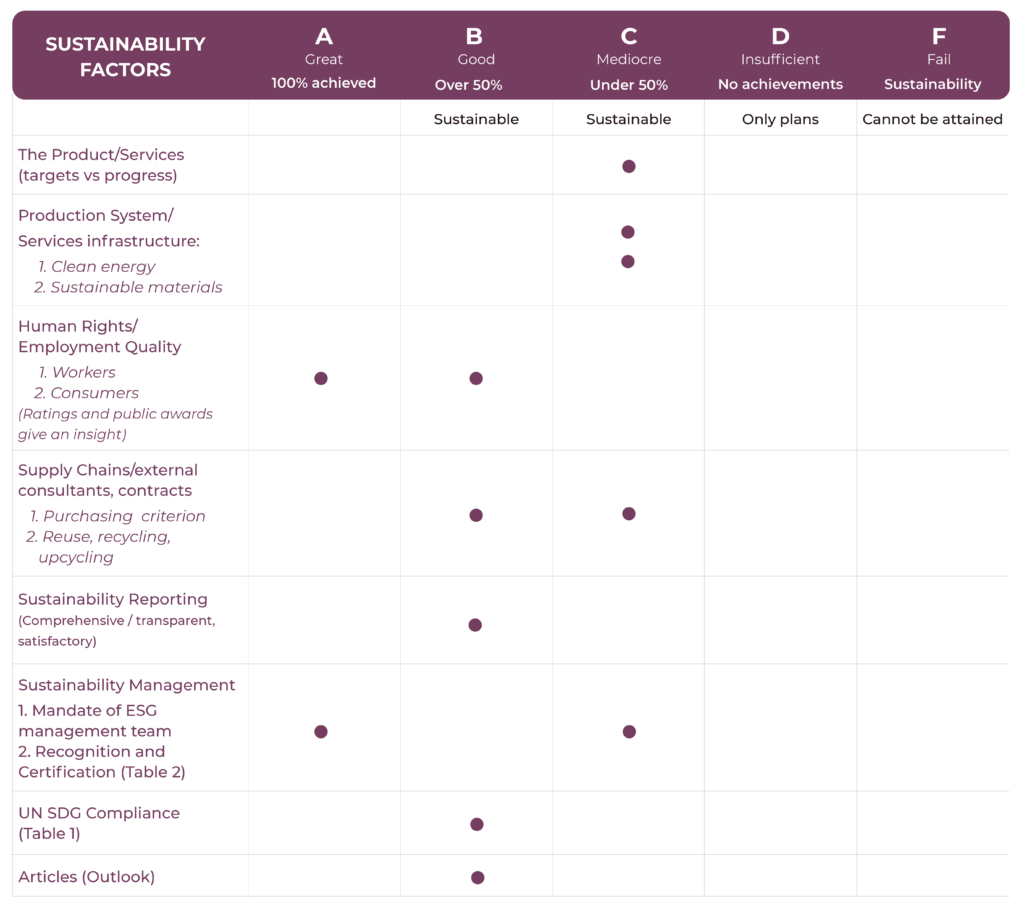
L'oreal Company Activity
L’Oréal SA engages in the manufacture and sale of beauty and hair products. It operates in four different segments. The Professional Products segment manufactures products which are used and sold in hair salons. The Consumer Products segment offers beauty and care products for men and women which are sold in mass market retail channels. The L’Oréal Luxe segment markets high-end skin care and beauty products in selective retail outlets such as department stores, perfumeries, and travel retail. The Active Cosmetics segment offers dermocosmetic skincare products which are sold in pharmacies and specialist sections of drugstores. L’Oreal also claims to fulfil the beauty desires ethically and responsibly.
L'oreal Sustainability Activity - As per company declarations
L’Oreal’s commitments focus on three key areas – the planet, the people, and products. L’Oréal has decided to take its efforts even further through a program called “L’Oréal for the Future”. This program provides an insight into L’Oreal’s commitments towards 2030 and marks the beginning of a more radical transformation and embodies their view as to what a company’s vision, purpose and responsibilities should be to meet the challenges facing the world. Loreal has invested largely in a greener, more responsible image in the last 3-4 years, launching several lines of products that are, or claim to be, healthier and mostly constituted by natural ingredients. However, there have been a few calls for greenwashing in regard to their claims of recycling packaging and some of the ingredients they use.
Certificate & Labels, Standards and Frameworks
- COSMOS Organic standard
- COSMOS Natural
- ISO 16128
- Fair For Life
L'oreal in the news: Press Reviews and Social Media
aThe “Green Sciences” strategy of L’Oréal for sustainability focuses on biotechnology, low-impact methods of extracting ingredients from plants, and eco-extraction. According to Paul Anastas, a co-author of green chemistry, 29% of the company’s ingredients were created using green chemistry. Consumer education and a specific website for product transparency are both part of the plan. Despite a 37% increase in production volume during the same period, L’Oréal has reduced the CO2 emissions of its factories and distribution centers by 78% since 2005. According to the report, by 2030, no ingredients will be connected to deforestation, with 68% coming from verified sustainable sources. In order to restore one million hectares of degraded ecosystems and absorb 15-20 million tons of CO2, the company is establishing a €50 million Fund for Nature Regeneration.
Three tranches make up L’Oréal’s €3 billion initial public bond offering, one of which is sustainability-related. Strong investor demand resulted in an oversubscription of more than 3.5 times the total offering for the issue. The €1,250 million, 4.25-year sustainability-linked bond (SLB) targets, among other things, packaging improvements and emissions reductions. The target is to reduce GHG emissions by 14% per sold product unit from a base year of 2021 by 2025.
By 2030, L’Oréal wants 100% of its formulas to be aquatic environment-friendly and 95% of its ingredients to come from renewable plant sources. The organization is mobilizing all of its capabilities in the field of green sciences, including developments in agronomics, biotechnology, and green chemistry.
Unilever, P&G, L’Oreal, and L’Occitane are accused of greenwashing. Usage of recyclable and ocean-bound plastic is a common claim. The Changing Markets Foundation has identified several businesses that have made “misleading and mendacious” claims.
Highlights from L'oreal Sustainability Report
Achievements
- By the end of 2021, six of L’Oréal’s 39 plants worldwide had earned Waterloop status, and 100 of its sites were “carbon neutral”
- Women hold 55% of the Group’s key positions
Weaknesses and Setbacks
- Aim to achieve carbon neutrality instead of aiming reduction in direct GHG emissions
- Lack of KPIs
- Lack of measurable progress, hard to find evidence for change toward their goals
Targets vs Progress Reported
| Target | Results reported |
|---|---|
| By 2025, all its sites will achieve carbon neutrality by improving energy efficiency and using 100% renewable energy | - 58% of its sites achieved carbon neutrality by improving energy efficiency and using 100% renewable energy |
| By 2030, we will innovate to enable our consumers to reduce their greenhouse gas emissions resulting from the use of our products by 25% compared to 2016, on average and per finished product (tCO2eq/kg of formulas sold) | - 12% reduction in their greenhouse gas emissions resulting from the use of its products by 25% compared to 2016, on average and per finished product (tCO2eq/kg of formulas sold) |
| In 2030, 100% of the water used in its industrial processes will be recycled and reused in a loop (L/kg of formulas sold) | - 15% of the water used in its industrial processes recycled and reused in a loop (L/kg of formulas sold)/td> |
| By 2030, 100% of biobased ingredients for formulas will be traceable and will come from sustainable sources. None of them will be linked to deforestation | - 94% of biobased ingredients for formulas are traceable and come from sustainable sources |
| By 2030, 95% of its ingredients in formula will be biobased, derived from abundant minerals or from circular processes | - 60% of its ingredients in formula are biobased, derived from abundant minerals or from circular processes |
| By 2030, 100% of the plastic used in its packaging will be either from recycled or biobased sources 5 | - 21% of the plastic used in its packaging is either from recycled or biobased sources |
| By 2030, 100% of the waste generated in its industrial sites will be recycled or reused | - 59% of the waste generated in its industrial sites is recycled or reused |
| By 2030, it will help a further 100,000 people from disadvantaged communities gain access to employment | - 13,946 people from disadvantaged communities gained access to employment |
| By 2023, it will have invested 50 million euros to support highly vulnerable woment | - 12M euro investment to support highly vulnerable women |



